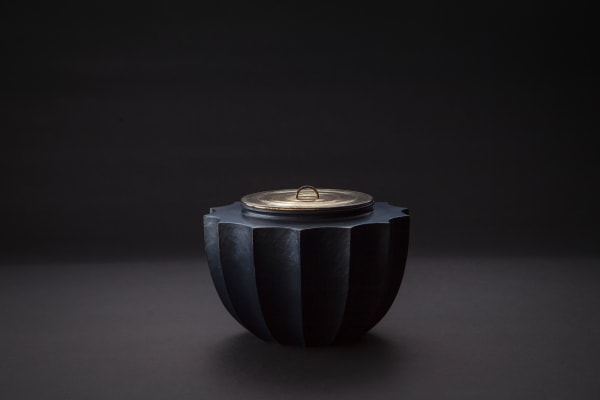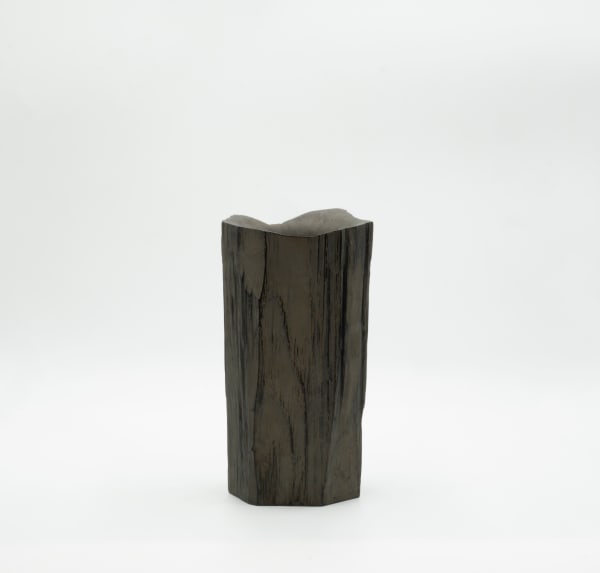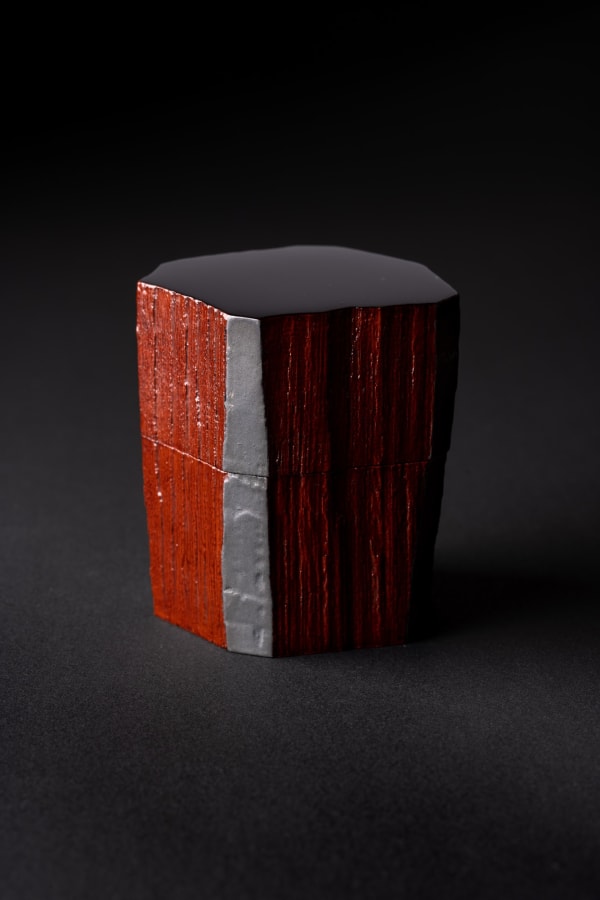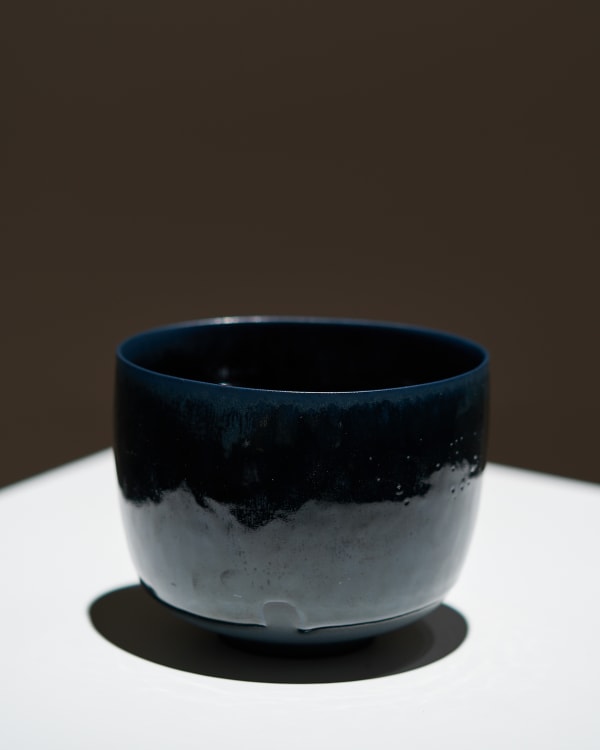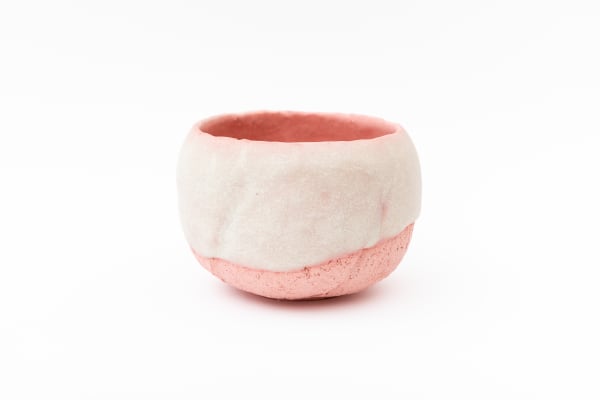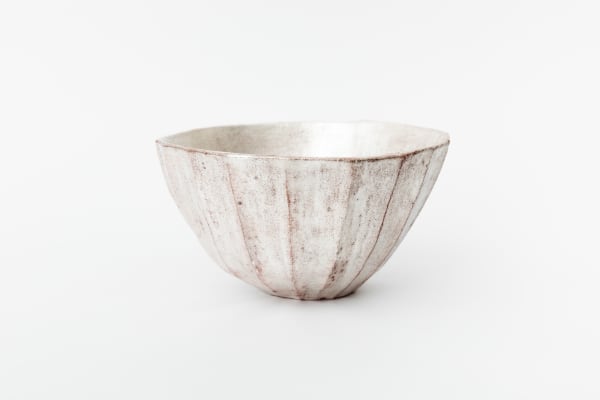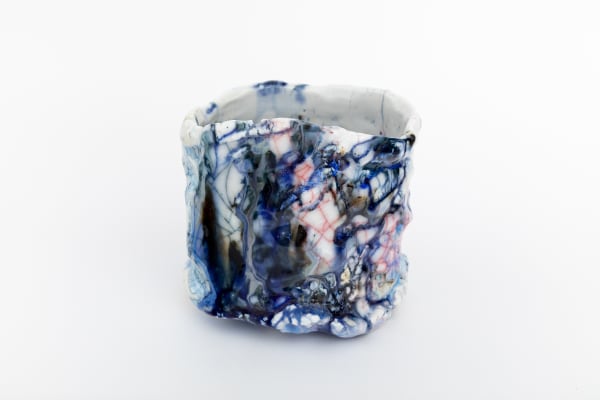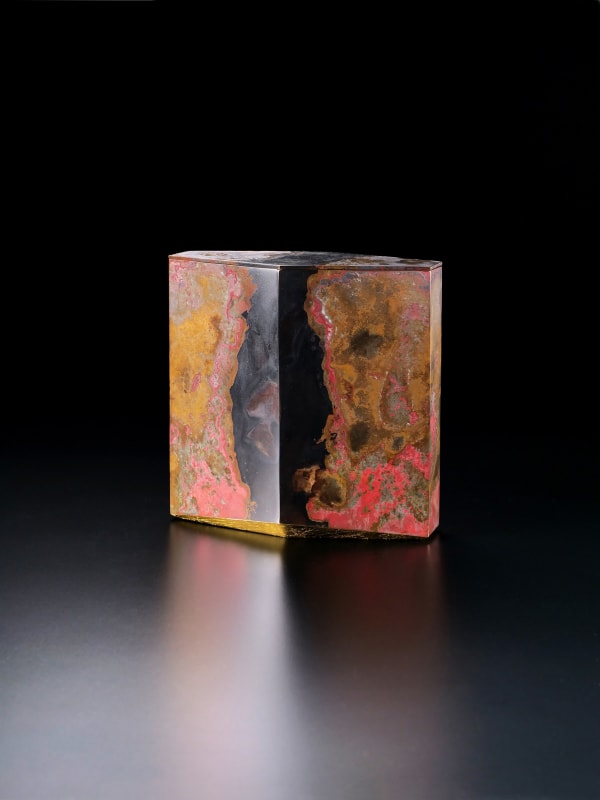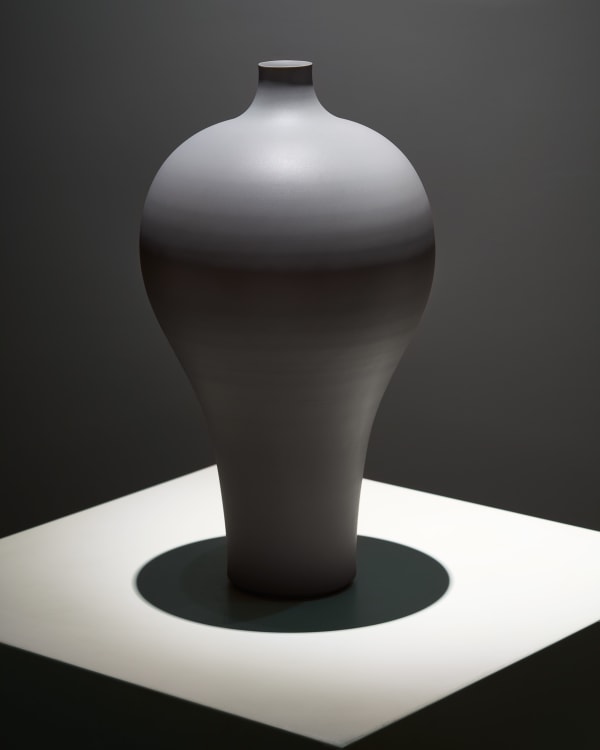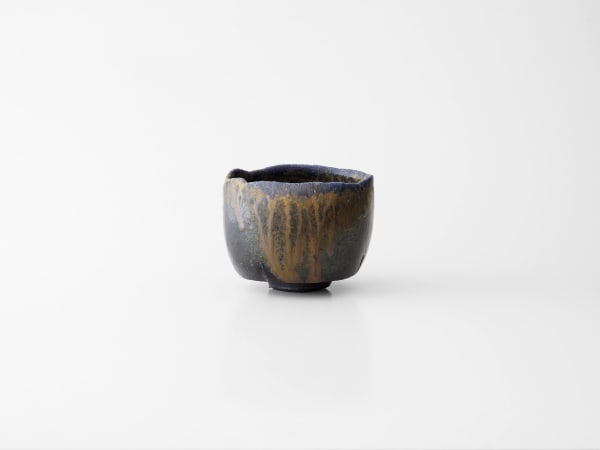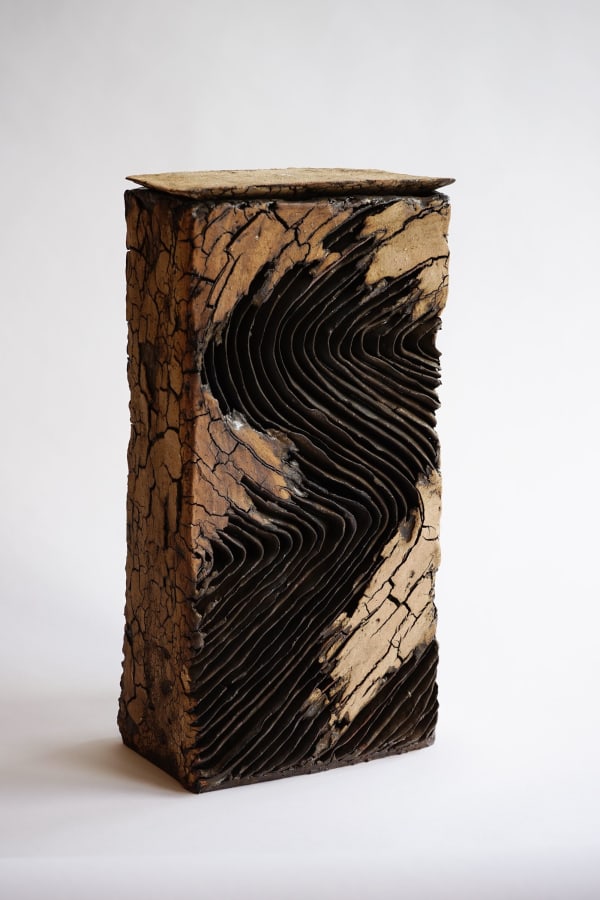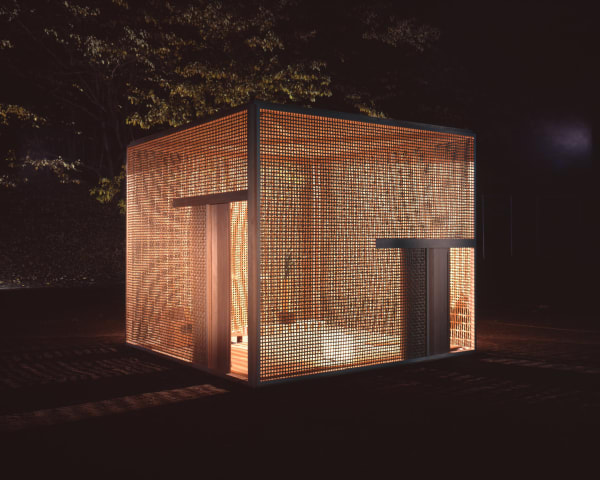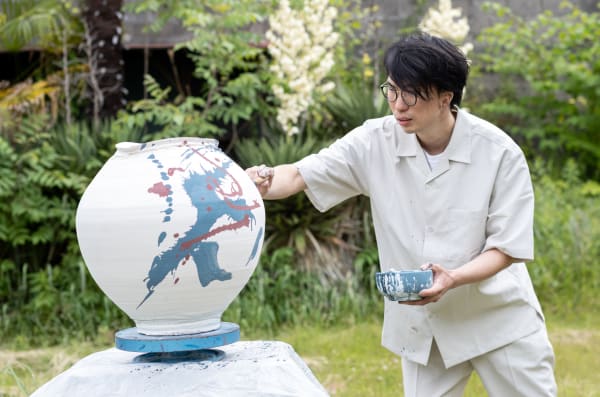Extreme Surfaces: Cutting Edge Kogei: Ippodo Gallery's Premiere at Design Miami 2022 + New Year Exhibition
Venue: Design Miami (Booth no. G36)
November 30 - December 4, 2022
Design Miami Convention Center Drive & 19th Street Miami Beach, USA
Venue: Ippodo Gallery New York
January 12 - February 16, 2023
32 E. 67th Street, New York, NY, 10065,USA
Ippodo Galleryis a pioneering kogei-focused gallery based in Tokyo and New York. Our mission is to honor the living tradition of Japanese fine art in the contemporary world by cultivating craft- and culture-oriented experiences through the work of the finest living Japanese artists.
Now located in the heart of Tokyo’s Ginza ward, Keiko Aono founded Ippodo Gallery in 1996, and over three decades, Ippodo Gallery has worked directly with more than 200 artists and held thousands of exhibitions.
In 2008, daughter Shoko Aono opened Ippodo Gallery in New York, forging new connections with a global audience. Since then, she has witnessed the timeless cross-cultural impact of Japanese kogei art that transcends language.
This year, Ippodo Gallery is pleased to open our premiere exhibit at Design Miami 2022. Extreme Surfaces includes works by twenty-one artists from November 30th until December 4th in Miami Beach, FL. Extreme Surfaces, which will continue in New York from January 12 until February 16, 2023,showcases a significant body of works with an emphasis on the beautiful quality of material and surface.
FOR IMMEDIATE RELEASE
Ippodo Gallery’s Premiere at Design Miami;
Extreme Surfaces: Cutting Edge Kogei
New York – Ippodo Gallery is honored to present an extensive exhibition of contemporary Japanese kogei (art and craft) at Design Miami 2022. Extreme Surfaces includes works by twenty-one artists from November 30th until December 4th in Miami Beach, FL. Ippodo Gallery represents living Japanese artists who produce objects using myriad materials: metal, glass, wood, lacquer, porcelain, clay, and textile. Ippodo Gallery’s premiere at Design Miami, Extreme Surfaces is an exhibition of contemporary innovations in Japanese kogei art. To highlight the unique relationship between artwork and space that characterizes kogei, Shigeru Uchida’s Ji-an (“portable hermitage”) Teahouse—made from bamboo and Hinoki wood—is an invitation to experience Japanese sensibility.
Extreme Surfaces is a juxtaposition of three distinct object types: the surfaces of form-active works—represented by Kodai Ujiie, Kota Arinaga, and Yukiya Izumita—are fabricated from mosaic shapes that disrupt an otherwise smooth exterior. Surface-active works—Terumasa Ikeda and Koji Hatakeyama—are distinguished by an expressive decoration of the external layer, and vector-active works—notably Shigeru Uchida—are engineered with linear and regular shapes that join seamlessly.
Kodai Ujiie embraces imperfection and distortion. His technique pays homage to the traditional practice of kintsugi, but rather than covering the lacquer with gold, he chooses bold vermillion and viridian to enliven the ceramic and imbue its surface with a web of veins. The refreshingly unique construction and kaleidoscopic colored lacquer inlay are crucial aspects of Ujiie’s visual language.
Kota Arinaga’s current series—gāze and netz—explores the traditional Venetian method of reticello, a technique made by melting, fusing, and stretching colored glass canes. The history of the Silk Road inspires the artist; in pre-modern times, glass and silk gauze traveled out of the Southern Levant and were sold in Europe, China, and Japan. Arinaga views his art practice as a bridge between the diametrically opposed materials, spinning glass threads together like yarn.
Yukiya Izumita constructs from ceramiclabyrinth-like sculptures that ebb and flow, forming layers thin as paper. Yet, Izumita’s iron-rich clay from Iwate prefecture simulates metallic ore on firing, fossilizing the fragile folds. Layer by layer, Izumita’s tiered sculptures come to resemble the strange and fantastical natural formations of rock and sand like the beaches from which he collects his clay. Perfectly balanced, the ceramic texture emulates both rusted iron and petrified wood.
Terumasa Ikeda is a raden specialist; shimmering mother-of-pearl laser-cut into contemporary symbols is ingrained into the exterior of the wood, creating a holographic luminescence that emanates from within. Ikeda takes a modern approach to his iconography, transforming the lacquer surface into the likeness of a digital screen. Though the objects project a cyber vision of the future, they are functional vessels that enrich daily life.
Koji Hatakeyama materializes modern bronze sculptures using techniques developed in ancient Mesopotamia. Each work is rich with veins of color that are the product of chemical reactions; each surface appears weathered by the passage of time. To Hatakeyama, “bronze is a material with memories of a thousand years.” These bronze works elegantly lean into the Japanese philosophy of wabi and sabi, which derive from a close affinity with nature and a love for transience.
Ippodo Gallery is committed to creating shared empathetic, craft-oriented experiences through engagement with Japanese art and culture. We continue to showcase work by living artists that adheres to our mission to cultivate beauty with a consciousness of the fragility of nature and the strength of quiet serenity. Ippodo Gallery has worked directly with over 200 artists and held thousands of exhibitions over three decades. We are grateful to continue to bring contemporary Japanese fine art and sensibility to Western audiences. Keiko Aono founded Ippodo Gallery Tokyo in 1996, with two locations in the heart of Ginza and the residential area of Gotenyama. Daughter Shoko Aono opened Ippodo Gallery in New York in 2008, forging new connections with a global audience. Since then, she continues to witness the timeless cross-cultural impact of Japanese kogei art that transcends language.
Exhibited Artists:
Kota Arinaga
Noriyuki Furutani
Yasushi Fujihira
Hiroshi Goseki
Koji Hatakeyama
Tomoyuki Hoshino
Terumasa Ikeda
Koichiro Isezaki
Hajime and Yasuo Ishikura
Yukiya Izumita
Tsubusa Kato
Hirotomi Maeda
Ken Matsubara
Kiyoko Morioka
Jihei Murase
Akio Niisato
Shion Tabata
Kai Tsujimura
Yui Tsujimura
Shigeru Uchida
Kodai Ujiie
Reference:
Engle, Heino. Structure Systems, (2007), 3rd edition.

